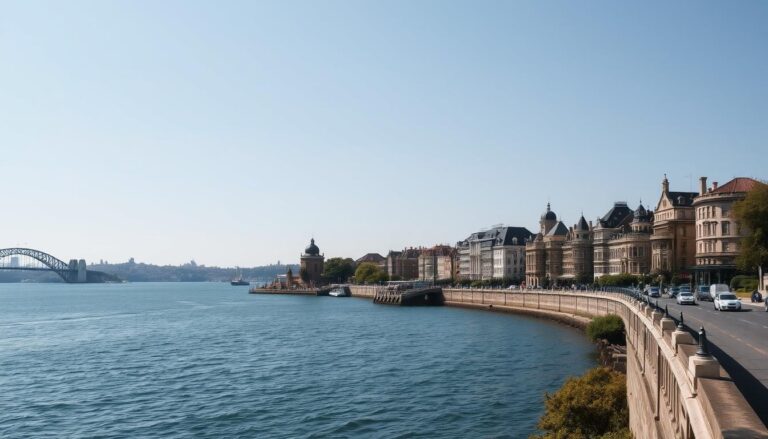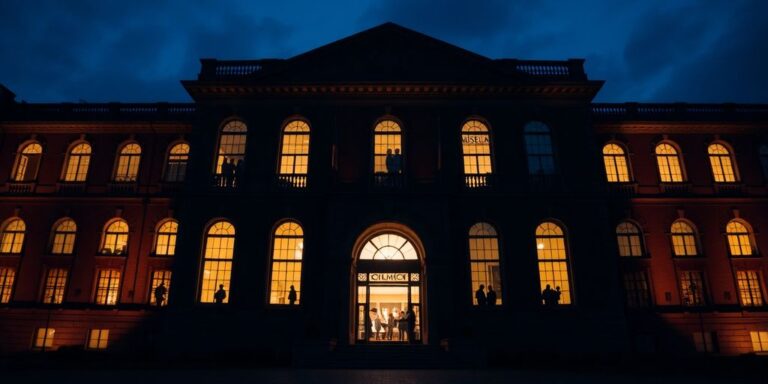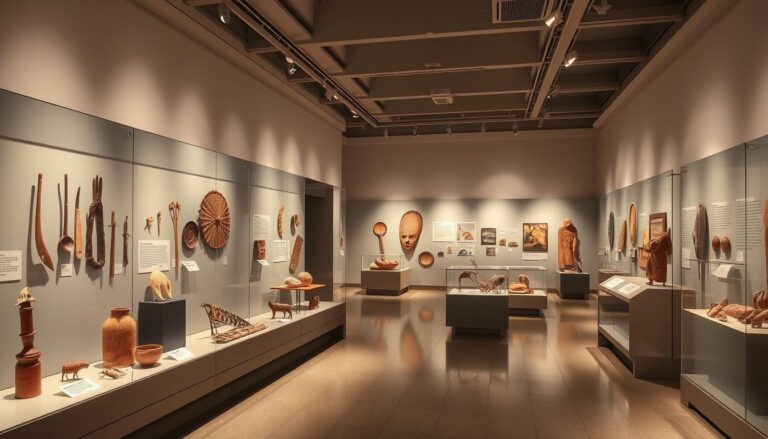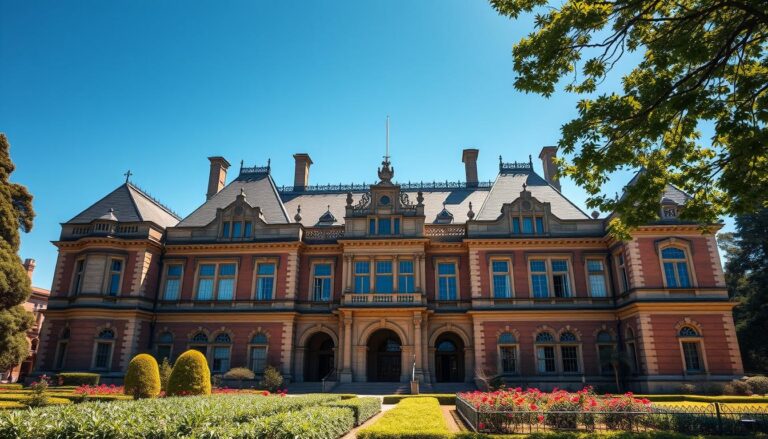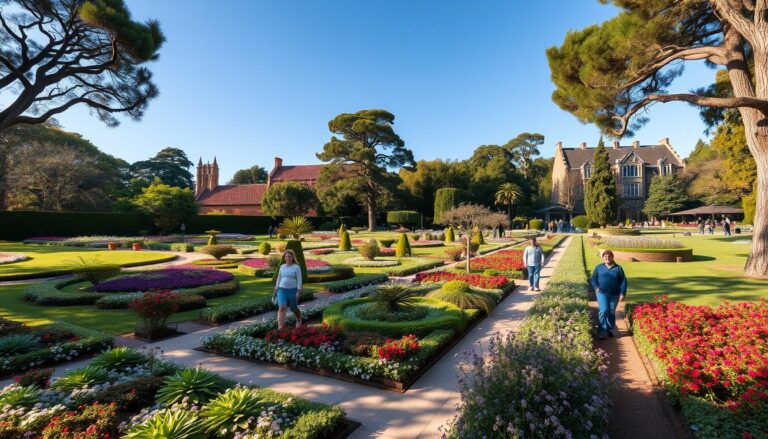Ever wondered what goes on in Parliament after the daily grind is done? Well, the People’s House Nights are your ticket to seeing the place in a whole new light. It’s not just about the big debates; there’s a stack of history and some pretty interesting traditions tucked away. Think of it as a behind-the-scenes look at how things have worked for ages, and how it all comes together. It’s a chance to see the Palace of Westminster not just as a building, but as a living, breathing part of our history.
Key Takeaways
Discover the unique colours of the House of Commons (green) and the House of Lords (red).
Learn about the role of the Lord Speaker and the significance of the Judges’ Woolsack.
Understand the origins of parliamentary procedure and the importance of Erskine May’s work.
See how debates differ between the Commons (assertion) and the Lords (justification).
Find out about the traditions of morning prayers and the ‘dragging of the Speaker’.
Exploring The People’s House Nights
Discovering Parliament’s Hidden History
When the sun goes down, Parliament doesn’t just shut its doors. The People’s House Nights offer a unique chance to explore Parliament after hours, revealing layers of history often missed during the day. It’s a chance to see the familiar spaces in a new light, away from the usual hustle and bustle. Think of it as stepping back in time, but with all the modern comforts. You get to see the building not just as a place of government, but as a living monument with stories etched into its very walls. It’s quite something to consider the events that have unfolded here over centuries.
An After-Dark Experience
This special event transforms the familiar halls into something quite magical. You can wander through areas usually off-limits, experiencing the Palace of Westminster in a way few get to. It’s an opportunity to connect with the building’s past in a more intimate setting. Imagine standing in the very spots where significant decisions were made, or where traditions were born. It really brings the history to life.
Unveiling Centuries of Tradition
During the people’s house nights, you’ll get a glimpse into the enduring traditions that shape parliamentary life. From the specific colours used in the chambers to the symbolic role of the Lord Speaker, these elements are more than just decoration; they are part of a continuous thread connecting the past to the present. It’s a chance to understand the customs that have been passed down, offering a deeper appreciation for the workings of this historic institution. You might even learn about the origins of parliamentary procedure, a fascinating subject in itself. It’s a truly different way to explore parliament after hours and understand its enduring legacy. The sheer weight of history is palpable when you can explore parliament after hours in this unique way. It’s a chance to see the building not just as a place of government, but as a living monument with stories etched into its very walls. Think about the fire that damaged the building in 1916; it’s a stark reminder of the resilience of this place [fe8a].
The Palace’s Living Heritage

The Distinctive Colours of the Chambers
One of the most striking visual cues when you visit Parliament is the difference in colour schemes between the House of Commons and the House of Lords. The Commons is famously associated with the colour green. This tradition dates back to at least 1663, with green furnishings and fabrics being a consistent feature. The green benches in the Commons Chamber are particularly recognisable. It’s a visual cue that helps distinguish the two houses, reflecting their unique histories and functions.
The Role of the Lord Speaker
The Lord Speaker is a relatively new role, established in 2006. Before this, the Lord Chancellor performed the duties of presiding over the House of Lords. The Lord Speaker’s responsibilities include chairing debates, calling members to speak, and maintaining order. Unlike the Speaker of the House of Commons, the Lord Speaker does not have the power to select amendments or to cast a casting vote. Their role is more about facilitating debate and upholding the traditions of the House of Lords. It’s a position that requires impartiality and a deep knowledge of parliamentary procedure.
The Judges’ Woolsack and Its Significance
While not a judge in the modern sense, the Woolsack is a significant symbol within the House of Lords. It’s a large, armless sack filled with wool, representing the historical importance of the wool trade to England’s economy. The Lord Speaker sits on the Woolsack when the House is in session. It’s a tangible link to the past, reminding everyone of the historical foundations upon which the current parliamentary system is built. The presence of the Woolsack underscores the historical role of the Lords as a court of law, a function that has largely been transferred to the Supreme Court.
The Palace of Westminster is a living monument, with traditions and symbols that connect us to centuries of governance and debate. Understanding these elements provides a richer appreciation for the workings of Parliament.
Exploring Parliament after dark offers a unique perspective on its enduring legacy. You can discover more about visiting the Palace, including tours available throughout the year, by visiting the official Parliament website.
Parliamentary Traditions and Customs
The Origins of Parliamentary Procedure
Parliamentary procedure is a fascinating tapestry woven over centuries, with many rules and customs not explicitly written down but understood through ‘custom and practice.’ Think of it like learning the unwritten rules of a very old club. For instance, the tradition of bills being ‘read’ three times in both Houses isn’t in the official rulebook, yet it’s a long-standing practice. These procedures often evolve from precedents, like rulings made by the Speaker or resolutions passed by the House itself. It’s a living history that shapes how business is conducted.
Erskine May: The Authority on Procedure
When you want to understand the nitty-gritty of how Parliament works, there’s one name that stands out: Erskine May. He was the Clerk of the House of Commons back in the late 1800s, and his book, ‘Treatise on the Law, Privileges, Proceedings and Usage of Parliament,’ is still considered the go-to source. It details everything from formal Standing Orders to those less formal, but equally important, traditional practices and Speaker’s rulings. It’s the ultimate guide to parliamentary conduct, offering insights into everything from where members sit to how debates are managed. You can find more about the history of parliamentary procedure in places like Guernsey’s parliamentary heritage.
The Practice of ‘Catching the Speaker’s Eye’
Ever wondered how MPs get to speak in a debate or ask a question? It’s not just a free-for-all. To get a word in, Members of Parliament (MPs) need to be called upon by the Speaker. The common way they try to get noticed is by rising or half-rising from their seats, a move known as ‘catching the Speaker’s eye.’ It’s a subtle art, trying to signal your intention to speak without being disruptive. The Speaker, who ultimately controls who speaks and when, will then decide who gets the floor. It’s a key part of maintaining order and ensuring everyone who wants to contribute has a chance, though it can sometimes feel like a bit of a competition.
The colours of the Houses of Parliament are also a distinctive tradition, with green being the principal colour in the Commons, most recognisable in the green benches of the Chamber, a practice noted as far back as 1663.
The way members sit and speak is also governed by convention. Ministers typically occupy the front bench to the Speaker’s right, while the Official Opposition takes the front bench to the Speaker’s left. Smaller parties find their places on the benches further down on the left. While these seating arrangements are customary, they aren’t strictly enforced, and members have occasionally chosen to sit elsewhere without consequence.
Debate and Discourse Within the Houses
When you think about Parliament, you might picture the big debates, the back-and-forth between politicians. It’s not just shouting, though; there are definite styles and traditions that shape how discussions happen in both the House of Commons and the House of Lords. It’s quite different from your average chat, that’s for sure.
The Culture of Assertion in the Commons
In the House of Commons, things can get pretty lively. It’s often described as a place of assertion. Government usually expects to get its way, and the style of debate can be quite direct, with members reacting to each other on the spot. You’ll hear plenty of interjections, and sometimes it feels like a real contest of wills. The Speaker has the job of keeping order, making sure everyone gets a chance to speak without being drowned out. It’s a dynamic environment, and you can see why it’s often a bit noisy.
The Culture of Justification in the Lords
The House of Lords operates a bit differently. Here, the atmosphere is more about justification. Ministers need to convince the other members that their proposals are sound. They can’t just rely on their own party to push things through; they have to persuade others. This means debates can be more detailed, with peers asking tough questions and expecting thorough answers. It’s a place where the quality of the argument really matters, and ministers can’t get away with weak responses. As Baroness Morgan of Cotes put it, “Ministers can’t get away in the House of Lords with trite answers or too many promises of future action because the peers won’t stand for it.”
The Form and Style of Parliamentary Debate
So, how does this all play out in practice? Well, the way members speak and interact is quite specific. They have to speak from their designated seats, and while standing is the norm, exceptions are made for those who can’t. The whole process of getting called to speak, often by rising from your seat to catch the Speaker’s eye, is a key part of the ritual. It’s a structured way to manage who gets to contribute to the discussion. The way debates have been recorded has changed over time too; starting in 1909, the House of Commons and House of Lords began publishing their debates separately, a change from earlier joint publications. You can find out more about the history of parliamentary debates.
The environment in each House shapes the kind of discussion that takes place. The Commons’ style encourages quick responses and a strong presence, while the Lords’ approach requires more detailed explanation and persuasion. Both contribute to the overall functioning of Parliament, but in distinct ways.
Members and Their Contributions

Read Also: Museum of Sydney History: Discover the City’s Colonial Past
The Diverse Backgrounds of House of Lords Members
The House of Lords is a fascinating place, not just for its traditions but for the sheer variety of people who sit there. Unlike the elected House of Commons, members here come from all sorts of walks of life. You’ve got hereditary peers, who have inherited their titles, but a huge number are appointed, often for their work in specific fields. This means you’ll find former judges, military leaders, academics, artists, and business people all contributing their experiences. It really does make for a rich tapestry of knowledge and perspective, which is quite different from the more politically focused backgrounds you often see in the Commons. It’s this blend of life experience that truly shapes the debates and scrutiny that happen here.
Life Peers and Their Appointment
Most of the appointed members are known as life peers. They get their title for life, but it doesn’t get passed down to their children. The Prime Minister, along with other party leaders, can recommend people for these appointments. It’s not just about political service, though that’s a big part of it. People are often recognised for significant contributions to society, whether that’s through charity work, science, or the arts. The process aims to bring in individuals who can offer specific insights and hold the government to account. It’s a way to ensure that Parliament benefits from a wide range of skills and knowledge, keeping it relevant to the country’s needs. You can look up the contributions of specific Lords, like Lord Godson, in Hansard records to see their input.
Insights from Lords’ Experiences
Hearing directly from members themselves really brings the work of the Lords to life. For instance, Baroness Morgan of Cotes has spoken about how the Lords allows for really detailed debates, where ministers can’t just give vague answers. Peers, she notes, won’t accept that kind of response. Lord Dubs, who came to the UK as a child refugee, talks about his drive to achieve things in the House and how he’s worked to change legislation. Then there’s Lord Alderdice, a psychiatrist, who discusses his involvement in peace processes and understanding conflict. These personal stories highlight the varied motivations and the real impact members aim to have. It’s clear that many see their role as a genuine service to the nation, tackling important issues and trying to make a difference.
Behind the Scenes: Parliamentary Rituals
Beyond the grand debates and policy discussions, Parliament is steeped in traditions that offer a fascinating glimpse into its history. For those seeking unique nighttime parliament Australia experience or interested in secret parliament history tours, understanding these rituals adds a new layer to the visit. It’s not just about what to do in parliament at night; it’s about appreciating the continuity of governance.
The Significance of Morning Prayers
Each parliamentary day, whether in the House of Commons or the House of Lords, commences with prayers. In the Commons, this is typically led by the Speaker’s Chaplain, while in the Lords, a senior bishop, known as a Lord Spiritual, conducts the service. Members can even reserve their seats for the day using dated prayer cards, a small but significant tradition.
The Tradition of Dragging the Speaker
One of the more striking traditions occurs upon the election of a new Speaker of the House of Commons. The chosen candidate is physically escorted to the Speaker’s Chair by fellow Members. This peculiar custom dates back to a time when the Speaker’s role involved communicating the Commons’ views to the monarch. Historically, this communication could carry personal risk for the Speaker, hence the need for a somewhat forceful, albeit symbolic, escort to the position.
Understanding Voting Procedures
Voting in Parliament, while seemingly straightforward, involves distinct procedures. Initially, votes are taken orally, with Members responding ‘aye’ or ‘no’ in the Commons, and ‘content’ or ‘not content’ in the Lords. If the outcome isn’t clear from these vocal responses, a formal division takes place. This involves Members proceeding into specific lobbies flanking the chamber, where their votes are recorded and tallied by tellers. It’s a process that has evolved over centuries, reflecting the need for clear decision-making within the parliamentary framework. For those interested in the mechanics of government, exploring these historical practices can be quite illuminating, offering a different perspective than what you might find through general parliament research advice.
More Than Just Politics
So, Parliament after dark is a bit more than just where the laws get made, isn’t it? It’s a place with a heap of history, full of traditions that have been around for ages. From the colours of the chambers to how people speak and even how the Speaker gets their job, there’s a lot going on that you wouldn’t see during the day. It really shows how much has changed, and stayed the same, over the years. It’s a good reminder that these buildings are living history, not just offices. Makes you think about all the people who’ve walked these halls before us, doesn’t it?
Frequently Asked Questions
What are ‘The People’s House Nights’?
You can visit Parliament during the day and see where all the action happens. But if you’re keen to see it after hours, there are special events called ‘The People’s House Nights’ that let you explore the building and learn about its history when it’s all quiet. It’s a great chance to discover stories you wouldn’t normally hear.
How did Parliament get all its old traditions?
The Houses of Parliament have a really long history, stretching back to the 13th century! Over time, lots of traditions and ways of doing things have popped up. Many of these aren’t written down anywhere but are just followed because that’s how it’s always been done. Think of it like family traditions, but for the government.
Why are the House of Commons and House of Lords different colours?
Yep, the colours are a big clue! The House of Commons is decked out in green, and you can see this on the famous green benches. The House of Lords, on the other hand, uses different colours. This tradition of using green in the Commons goes way back to at least 1663.
How do debates differ between the Commons and the Lords?
In the House of Commons, members tend to be quite assertive and get straight to the point, especially the government who usually get their way. But in the House of Lords, it’s more about explaining and convincing. Ministers have to really justify their ideas to get other members on board. It’s a bit like a debate club where you have to prove your point.
Who are the members of the House of Lords and how do they get there?
Most members of the House of Lords are ‘life peers’. This means they are members for their whole life, but their title doesn’t get passed down to their kids. People are appointed to this role because of their experience and knowledge in different areas, making the Lords a place with lots of different skills.
What happens with prayers at the start of a parliamentary day?
Before Parliament starts its work each day, they have prayers. In the Commons, a special chaplain usually leads them, and in the Lords, a senior bishop does. Members can even use special cards to save their seat in the chamber for the rest of the day if they attend prayers.


